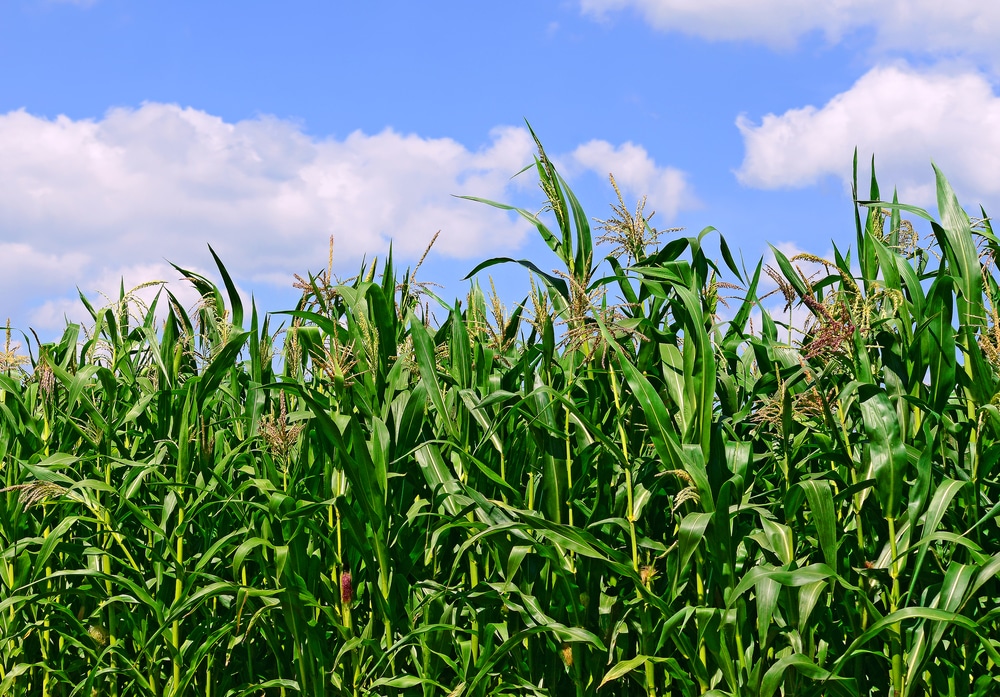If the industry could only guarantee half of your corn seed is what you paid for, would that be good enough? Seed corn producers and companies have checks and balances in place to ensure you get what you expect.
Standards vary by company but the seed industry works to discourage contamination from the field to the bag. For example, pollen from neighboring fields could easily travel via wind and pollinate other fields. Seed corn producers fight foreign pollen to ensure the seed they harvest is the hybrid they set out to produce.
“We want to make sure a customer gets what we say they’re getting,” says Jim Herr, processing, inventory and wholesale manager at Beck’s Hybrids. Sales reps and farmers use hybrid information, from seed guide descriptions, for example, to place products so it needs to match expectations.
Purity standards start in the production field. “[Purity] starts well before planting by laying out a plan to ensure all seed fields have proper buffers from other seed and commercial corn fields,” says Jacob Wyffels, field operations supervisor at Wyffels Hybrids. After planting, scouts remove volunteer corn so only desired inbreds remain, he adds.
Corn seed companies call neighbors to find out where corn will be grown in relation to seed production fields. From there, three kinds of isolation methods are used.
“One of the tools is distance—if it’s so far away, you have a reasonable expectation of certified seed,” Herr says. “Another is buffer rows. We take the male inbred of the field and put them out around to act as pollen barriers since we don’t harvest males anyway. The final tool is time—we try to find out when surrounding fields will be pollinating and make sure our corn pollinates at a different time.”
In non-GMO production, seed producers use all three isolation methods.
The next concern in seed production is pollination within the field by the wrong plant. Female tassels need to be removed before pollination by detasseling crews. These crews enter fields after a mechanical tassel puller makes its rounds through the field to get the last of the female tassels.
“We walk every field multiple times during detasseling to ensure all female tassels are removed,” Wyffels says. “After pollination, male plants are destroyed so only pollinated female plants remain.”
Seed corn is harvested on the cob and shelled at the production plant.
Corn seed goes through rigorous testing at the plant. First, samples are sent off for genetic testing—if they don’t meet company standards the seed lot is discarded.
Throughout the process companies use a combination of machines and human eyes to check seed quality. Seed also passes through a color sorter that identifies any undesirable seeds or non-seeds that are discarded.
“Every step in this process also ensures the highest quality seed is delivered so [farmers are] able to capture the outstanding yield potential of each hybrid,” Wyffels says.
